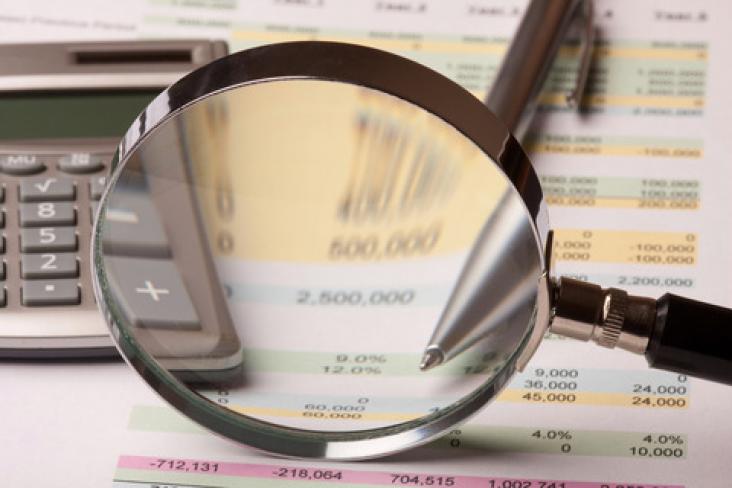
This paper explores the importance of a diverse workforce for the legal profession. City law firms are losing female talent because these careers have been unable to accommodate flexible working. Setting the business case for a diverse workforce and highlighting cost-effective resource options for law firms, this report helps to advance SDG 5 within the legal profession.
The Women's Empowerment Principles Gap Analysis Tool (WEPs Tool) helps companies benchmark their performance against the 7 WEPs Principles. It helps companies discover their contributions to improve gender equality and identifies areas that need improvement. This tool directly helps to advance SDG 5. The WEPS, a joint initiative of UN Global Compact and UN Women, were developed in 2010 to provide a holistic framework to empower women and girls in the workplace, marketplace, and community.
The Blueprint for Business Leadership on the SDGs aims to inspire all business — regardless of size, sector or geography — to take leading action in support of the achievement of the Sustainable Development Goals (SDGs). It illustrates how the five leadership qualities of Ambition, Collaboration, Accountability, Consistency, and Intentional can be applied to a business' strategy, business model, products, supply chain, partnerships, and operations to raise the bar and create impact at scale. The Blueprint is a tool for any business that is ready to advance its principled approach to SDG action to become a leader. This chapter relates specifically to SDG 5.
In the UK, gender pay gap reporting legislation will require large employers to publish their overall mean and median gender pay gaps from 2018. XpertHR highlights its useful tools including frequently asked questions relating to unequal pay, and legal guidance on the new legislation. The Regulations contribute to advancing SDG 10.4 to adopt policies, wage and social protection policies to progressively achieve greater equality.
As part of the UK Government’s Women in Finance Charter, 72 firms have agreed to publish progress on gender equality annually, ahead of gender pay reporting Regulations in 2017. Sixty firms in the UK have committed to having at least 30% of women in senior roles by 2021. Thirteen finance companies are aiming to have complete gender parity in senior roles by 2021. These steps directly align with SDG 10.4 to adopt policies, wage and social protection policies, to progressively achieve greater equality.
This article advances SDGs 3, 5, and 16 by providing a broad overview of global violence aginst women and highlighting the difference health professionals can make for women who experience violence in its multiple forms.
This article advances SDGs 3, 5, and 16 by demonstrating how gender power inequalities are at the root of sexual violence against women and outlining ways to prevent sexual violence and mitigate the mental and physical health impacts of rape.
The discussion links Principle 5 of the Women’s Empowerment Principles (WEPs), which encourages companies to expand on their business connections with women-owned enterprises, to advance Goal 5

More women are entering the oil and gas and petrochemical sectors – but there’s still a way to go. It’s all part of a wider drive to increase diversity in the workforce. This is important for advancing SDG 5.1 to end all forms of discrimination against all women and girls everywhere and SDG 5.5 to ensure women’s full and effective participation and equal opportunities for leadership at all levels of decision-making in political, economic and public life.

Although gender pay gap reporting legislation in the UK does not come into force until early 2017, employers may have to collect gender pay gap data from as early as April 2016. To help HR professionals get ready for their reporting obligations, XpertHR has compiled helpful FAQs and a timeline. Gender pay gap reporting advances SDG 5.C to adopt and strengthen sound policies and enforceable legislation for the promotion of gender equality, as well as SDG 10.
